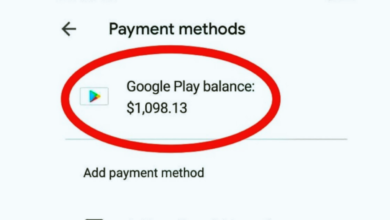Unlocking the Possibilities: Can You Trade in a Financed Car?

In the dynamic world of automotive transactions, the question of whether you can trade in a financed car is a common inquiry among those navigating the lanes of vehicle ownership. As your authoritative guide, we delve into the intricacies of this process, providing clarity and insights to empower your decisions.
Understanding the Dynamics of Trading in a Financed Car
The Basics: How Trading In Works
When contemplating trading in a financed car, it's essential to understand the fundamental dynamics. Trading in a car involves selling your current vehicle to a dealership while simultaneously purchasing another from their inventory. This process is often seamless when the car is fully owned, but what about when there's an existing finance arrangement?
The Challenge of Outstanding Loans
The primary challenge arises from existing auto loans. If you're still making payments on your car, the remaining balance on the loan becomes a critical factor. The trade-in value must not only cover the car's depreciated worth but also settle the outstanding loan amount.
Navigating the Trade-In Process: A Step-by-Step Guide
1. Assessing Your Car's Value
Before venturing into a dealership, it's prudent to evaluate your car's current market value. Numerous online tools and resources can provide an estimate, offering you a baseline for negotiations.
2. Determining the Outstanding Loan Balance
Contact your lender to ascertain the exact payoff amount for your auto loan. This information is crucial for understanding the financial landscape and ensuring a smooth trade-in process.
3. Visiting Multiple Dealerships
Exploring various dealerships broadens your options and enhances your negotiating power. Different establishments may offer varying trade-in values and incentives, allowing you to make an informed decision.
4. Negotiating the Trade-In Value
Armed with knowledge about your car's value and outstanding loan balance, engage in negotiations with the dealership. Remember, the goal is to secure a trade-in value that covers the remaining loan amount.
5. Finalizing the Trade-In Transaction
Once negotiations are complete, the dealership will handle the necessary paperwork to facilitate the trade-in. Be attentive to the details, ensuring a transparent and efficient process.
Potential Challenges and Considerations
Negative Equity Concerns
Negative equity, where the remaining loan balance exceeds the car's value, can pose challenges. In such cases, options like rolling over the negative equity into a new loan or paying the difference out of pocket may be explored.
Financial Implications
Trading in a financed car can have financial implications. While it may provide convenience, it's essential to evaluate the long-term impact on your financial health, considering factors like interest rates and loan terms for the new vehicle.
Conclusion: Empowering Your Decision-Making
In conclusion, the ability to trade in a financed car is feasible, but it demands a strategic approach. Understanding your car's value, negotiating effectively, and being aware of potential challenges empower you to make informed decisions in the realm of automotive transactions.




